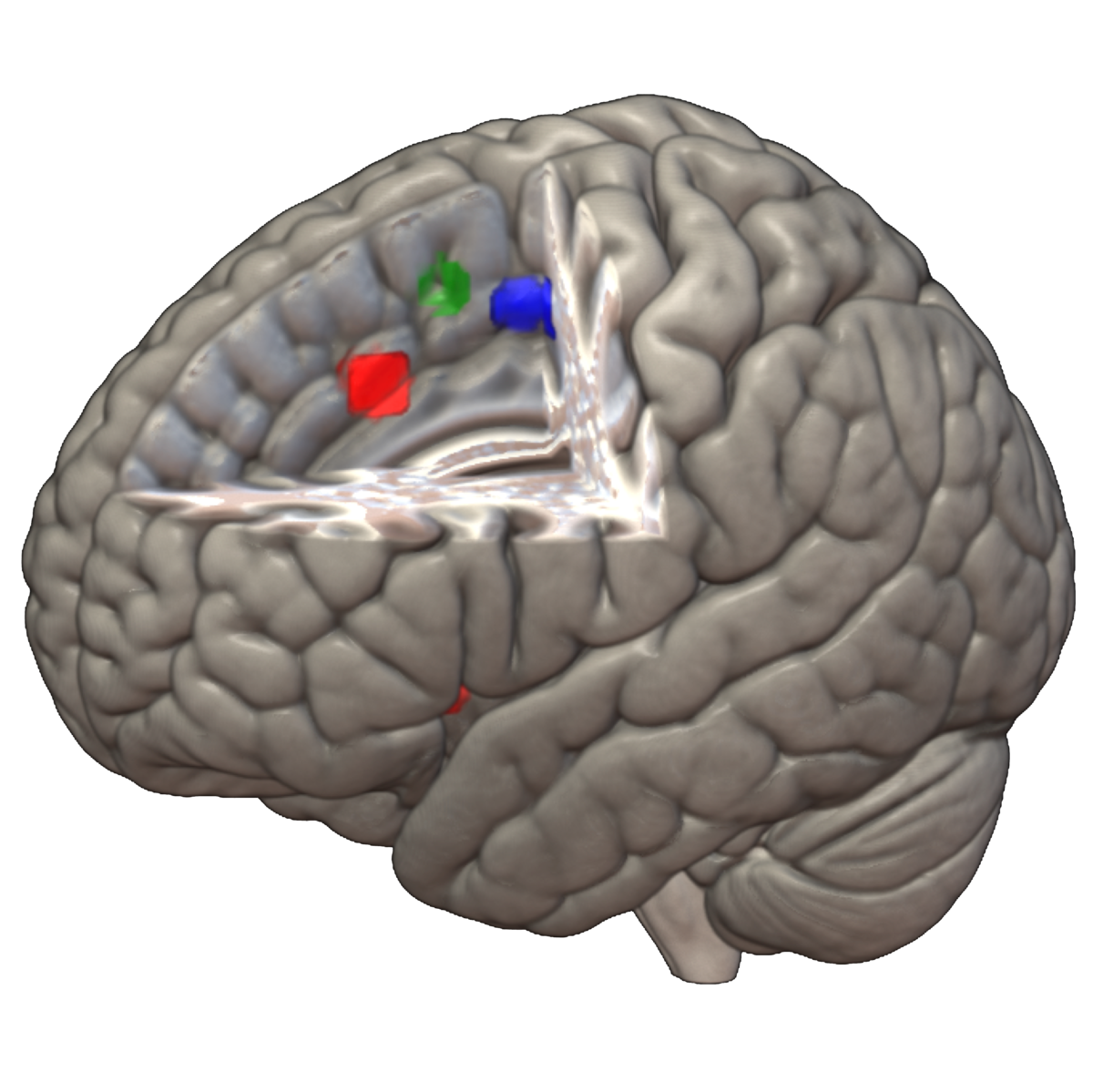Nonlinear functional mapping of the human brain
N. Allgaier, T. Banaschewski, G. J. Barker, A. Bokde, J. C. Bongard, U. Bromberg, C. Büchel, A. Cattrell, P. Conrod, C. M. Danforth, S. Desrivières, P. S. Dodds, H. Flor, V. Frouin, J. Gallinat, P. Gowland, A. Heinz, B. Ittermann, S. Mackey, K. Murphy, J.-L. Martinot, F. Nees, D. Papadopoulos-Orfanos, L. Poustka, M. N. Smolka, H. Walter, R. Whelan, G. Schumann, and H. Garavan

Times cited: 7
Abstract:
The field of neuroimaging has truly become data rich, and novel analytical methods capable of gleaning meaningful information from large stores of imaging data are in high demand. Those methods that might also be applicable on the level of individual subjects, and thus potentially useful clinically, are of special interest. In the present study, we introduce just such a method, called nonlinear functional mapping (NFM), and demonstrate its application in the analysis of resting state fMRI from a 242-subject subset of the IMAGEN project, a European study of adolescents that includes longitudinal phenotypic, behavioral, genetic, and neuroimaging data. NFM employs a computational technique inspired by biological evolution to discover and mathematically characterize interactions among ROI (regions of interest), without making linear or univariate assumptions. We show that statistics of the resulting interaction relationships comport with recent independent work, constituting a preliminary cross-validation. Furthermore, nonlinear terms are ubiquitous in the models generated by NFM, suggesting that some of the interactions characterized here are not discoverable by standard linear methods of analysis. We discuss one such nonlinear interaction in the context of a direct comparison with a procedure involving pairwise correlation, designed to be an analogous linear version of functional mapping. We find another such interaction that suggests a novel distinction in brain function between drinking and non-drinking adolescents: a tighter coupling of ROI associated with emotion, reward, and interoceptive processes such as thirst, among drinkers. Finally, we outline many improvements and extensions of the methodology to reduce computational expense, complement other analytical tools like graph-theoretic analysis, and allow for voxel level NFM to eliminate the necessity of ROI selection.
- This is the default HTML.
- You can replace it with your own.
- Include your own code without the HTML, Head, or Body tags.